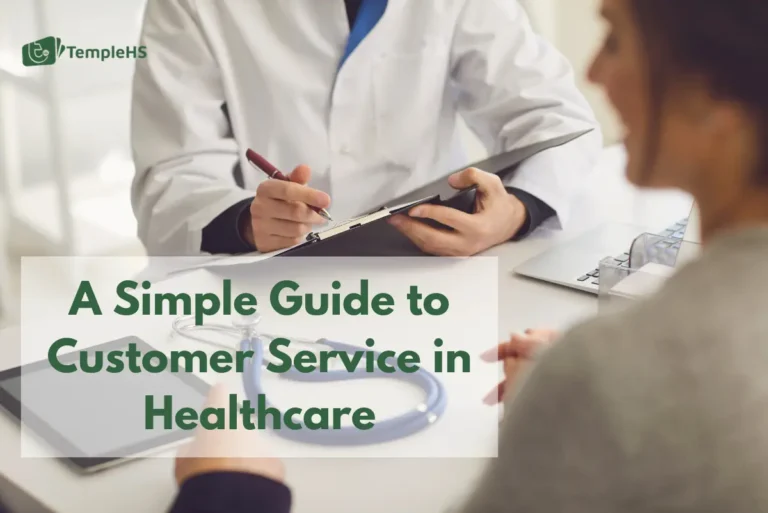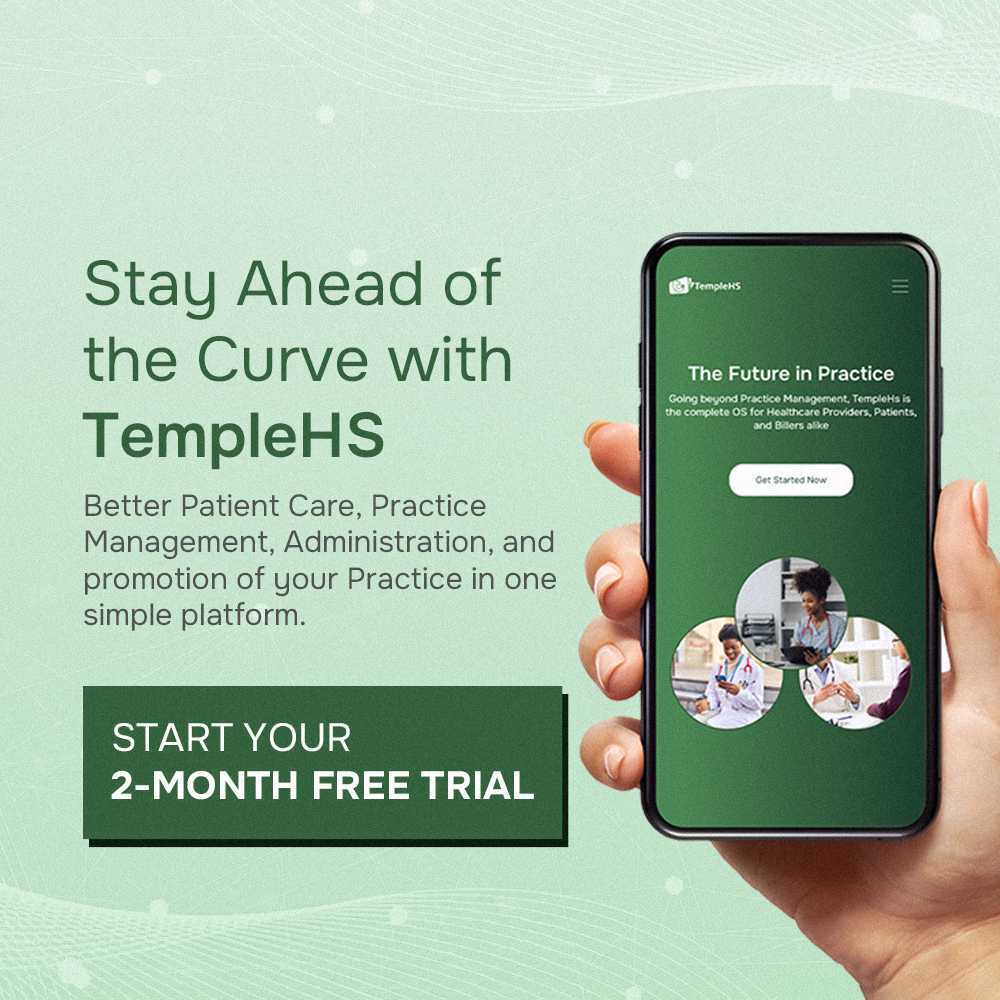The nexus between healthcare and customer service is inescapable. Healthcare is a service industry at its core, where the end-users are patients seeking care, comfort, and understanding. Their experience encompasses more than just the medical treatment they receive; it extends to every interaction they have, from scheduling an appointment to the moment they walk out of the clinic.
As with any service industry, keeping consumers, in this case, patients, satisfied is paramount. Yet, with its unique emotional and physical implications, healthcare demands a more nuanced approach.
This guide seeks to shed light on the best practices for customer service Customer Service in Healthcare, offering insights and strategies that cater to patients’ unique needs while promoting a positive, efficient, and empathetic healthcare environment.
Ten Ways to Provide Better Customer Service in Healthcare
1. Be Courteous and Respectful
Courteousness and respect lay the foundation for a positive patient-practitioner relationship. Patients, often grappling with emotions tethered to their health conditions, seek not just medical aid but a comforting presence that understands their vulnerability. This involves navigating through their anger, frustration, or desolation with a consistent demeanor of kindness and compassion.
Acknowledging their feelings, respecting their thoughts, and offering a gentle approach, especially when emotions run high, becomes instrumental in fostering an environment where patients feel valued and understood.
2. Be Responsive
Responsiveness is synonymous with dependability in healthcare. Patients navigating through their health concerns need assurance that their healthcare providers are available and attentive.
Ensuring that calls, emails, and messages are answered promptly, and that follow-ups are thorough, conveys reliability. It is imperative to facilitate open channels for communication, where queries, apprehensions, and emergencies find a swift and effective response, building a rapport rooted in trust and reliability.
3. Be Informative
Transparent and comprehensive information acts as a pillar of assurance for patients. By elucidating their condition, treatment possibilities, and the course of care in a digestible manner, healthcare providers empower patients, enabling them to make informed decisions about their health.
This involves breaking down complex medical jargon into understandable terms and ensuring that all their inquiries are met with honest, thorough answers. A well-informed patient not only feels in control but also is more likely to be compliant and satisfied with the treatment.
4. Be Empathetic
Empathy bridges the gap between clinical detachment and genuine human connection. Through perceiving and understanding the emotional and physical struggles of a patient, healthcare providers are better equipped to offer supportive and personalized care.
This involves listening actively, validating their emotions, and providing a nurturing environment that bolsters their psychological well-being. Empathy resonates through patient-centric care, creating a safe space where patients feel heard, seen, and genuinely cared for.
5. Be Proactive
Proactive healthcare underscores the anticipation of patient needs and addressing them pre-emptively. This is not restricted to clinical interventions but also includes recognizing potential barriers in communication, foreseeing logistical issues, and providing resources even before the patient identifies the need.
A proactive approach involves regular check-ins, providing additional resources, and creating a contingency plan, ensuring that the patient feels supported through every phase of their healthcare journey. The ensuing trust and assurance from this approach pave the way for smoother interactions and a substantial reduction in potential hurdles.
6. Be Respectful of the Patient’s Time
Respecting a patient’s time translates to respecting the patient. Timeliness in appointments signifies an appreciation for their schedules, concerns, and overall experience. Ensuring punctuality, minimizing waiting periods, and facilitating a smooth, organized process convey professionalism and consideration.
Even in instances where delays are unavoidable, transparent communication regarding the wait time and offering apologies demonstrate a valuing of their time and fosters patient satisfaction and loyalty.
7. Explain Things Clearly and Concisely
Communication, to be effective, must be clear, concise, and comprehensible. It’s pivotal for healthcare providers to elucidate medical conditions, procedures, and treatments in a manner that is easily digestible for patients, shunning perplexing medical jargon.
Ensuring that explanations are straightforward and that the patient grasps the information not only empowers them but also facilitates adherence to medical advice, thereby enhancing the overall effectiveness of care and treatment outcomes.
8. Follow Up with the Patient After Their Appointment
Post-appointment follow-ups embody genuine care and dedication towards a patient’s wellbeing. A call, message, or email checking in on the patient’s recovery, understanding of the treatment plan, and addressing subsequent queries signals a continued commitment to their health journey. This practice not only fortifies the patient-practitioner relationship but also serves as a channel to catch and address any post-appointment complications or misunderstandings early on.
9. Make it Easy for Patients to Get the Information They Need
Ease of access to pertinent information significantly influences a patient’s experience and comfort. Implementing clear signage within healthcare facilities, generating comprehensible patient education materials, and curating online resources that are readily accessible ensure that patients are informed and at ease.
These steps reduce anxiety, enhance understanding, and promote a sense of autonomy among patients regarding their healthcare journey, further driving engagement and satisfaction.
10. Go the Extra Mile to Make Patients Feel Valued
Small gestures can have a substantial impact on making patients feel treasured and cared for. Whether it’s offering refreshments during a wait, ensuring a comfortable environment, or sending personalized notes post-discharge, these actions breathe warmth into the healthcare experience.
Going beyond the clinical and administrative duties to add a personal touch not only uplifts patients’ spirits but also fortifies the bond between the patient and the healthcare provider, cementing a relationship that is likely to endure through trust and mutual respect.
Conclusion
To thrive in healthcare is to recognize the importance of every patient’s journey, understanding that it’s about more than just medicine; it’s about genuine human connection. A patient’s experience can profoundly impact their overall health outcomes and their perception of the entire healthcare system. Embracing the principles of top-notch customer service ensures patient satisfaction, trust, loyalty, and a flourishing healthcare practice.



